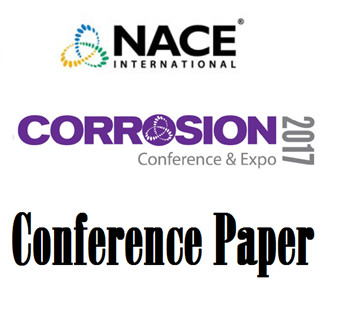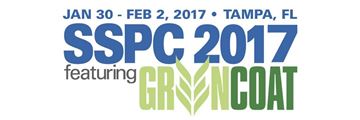Search
Individual Conference Papers
View as
Sort by
Display
per page
Long-Term Performance of a Subsea Wet Insulation Material at 180 °C Continuous Operation Temperature
Product Number:
51321-16210-SG
Publication Date:
2021
$20.00
Long-Term Performance Of Alloy 690 In LWR Environment
Product Number:
ED22-17284-SG
Publication Date:
2022
$20.00
Long-Term Performance Of High-Cr, Nickel-Based Weld Alloys In LWR Environments
Product Number:
ED22-17285-SG
Publication Date:
2022
$20.00
Long-Term Performance of HLP Solution for Mildly Sour HIC Testing
Product Number:
51317--9129-SG
ISBN:
9129 2017 CP
Publication Date:
2017
$20.00
Looking Past the Re lection: Conservation of Energy through Insulation Coatings
Product Number:
41214-824-SG
Publication Date:
2014
$20.00
LoRaWAN – The Future of Remote Sensing Technology
Product Number:
MECC23-19983-SG
Publication Date:
2023
$20.00
Low Dose Novel Additive Synergist/Enhancer for Imidazoline Based Oilfield Chemical Products
Product Number:
MECC23-20179-SG
Publication Date:
2023
$20.00
Low H2S High Temperature Sulfur Attack in Refining Hydrotreating Processes
Product Number:
51320-14626-SG
Publication Date:
2020
$20.00
Low Solar Absorbing Epoxy Marine Decking Systems
Product Number:
41215-941-SG
Publication Date:
2015
$20.00
Low Temperature Effect on Sulfide Stress Crack Initiation in Low Alloy Steels
Product Number:
51319-12856-SG
Publication Date:
2019
$20.00
Low VOC Autocatalytic Anti-Corrosion Primers
Product Number:
51217-046-SG
Publication Date:
2017
$20.00
Low VOC Vinyl and Vinyl/Acrylic Coatings Systems
Product Number:
41210-541-SG
Publication Date:
2010
$20.00












